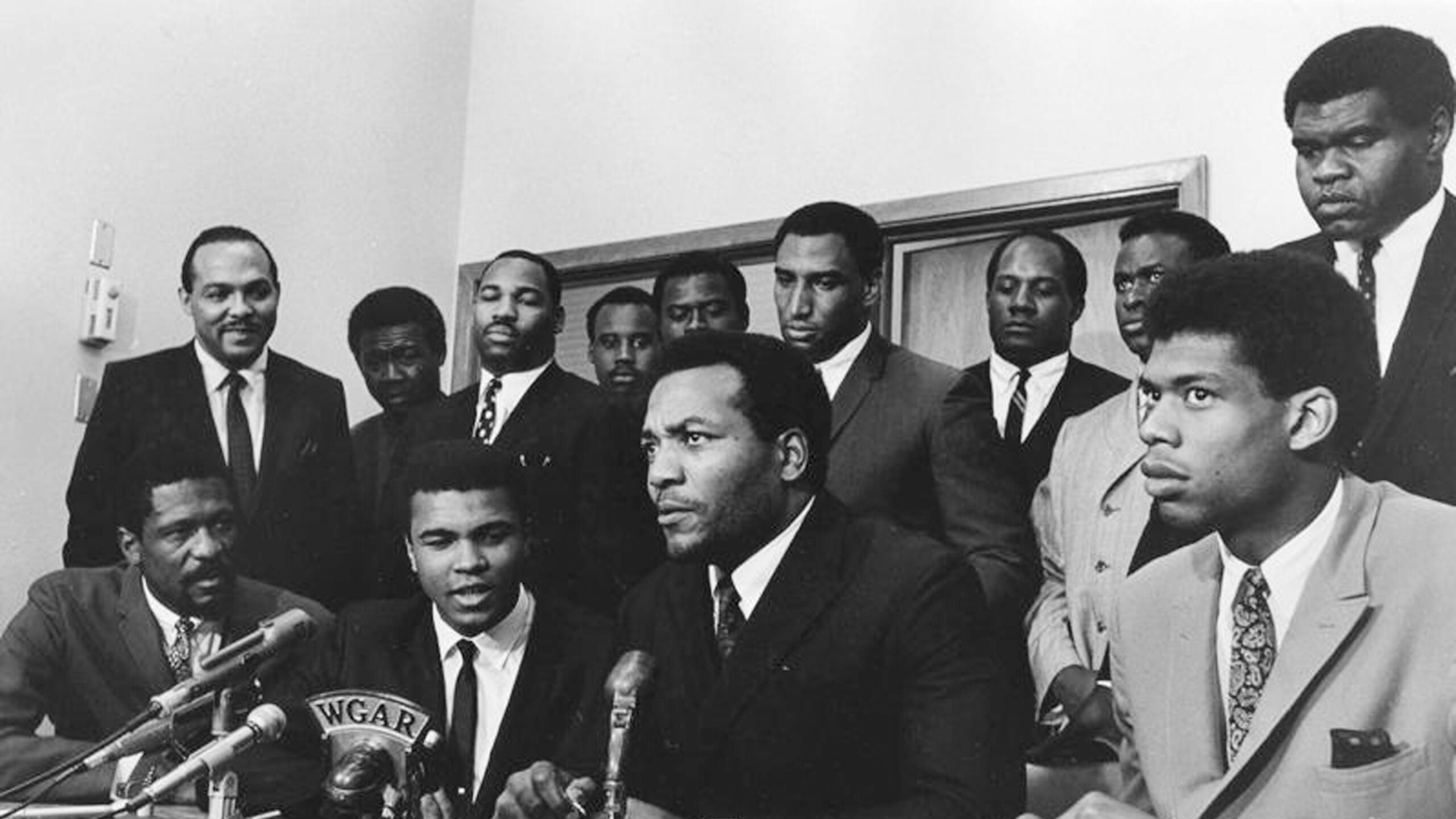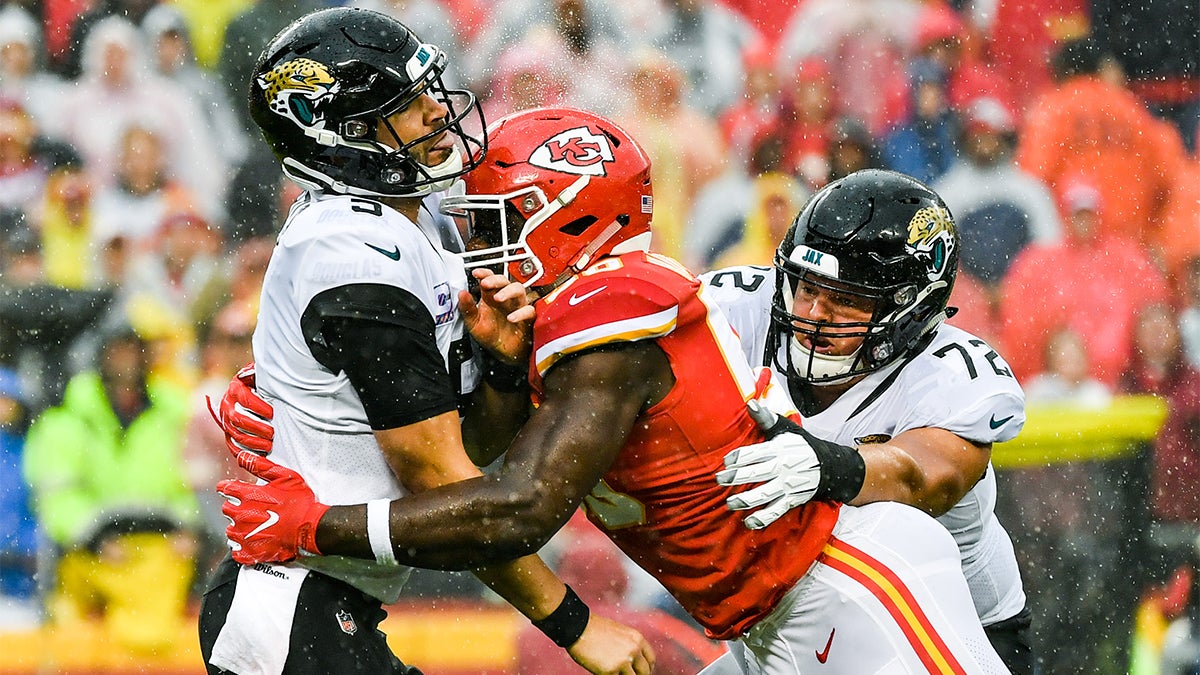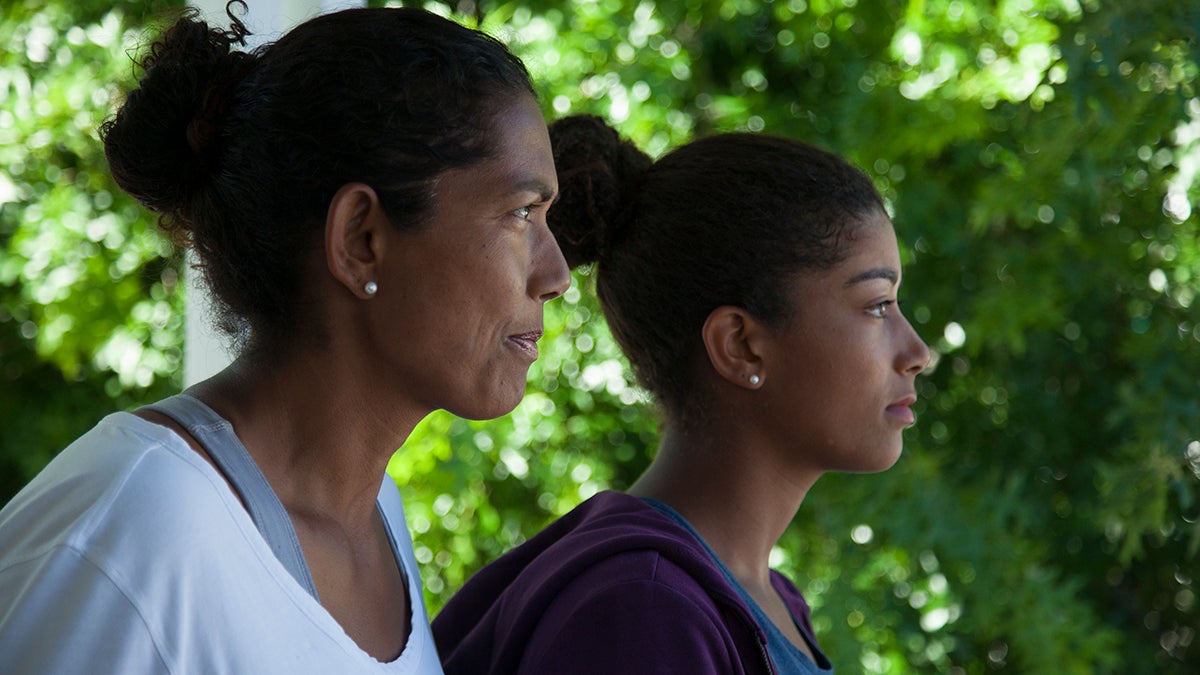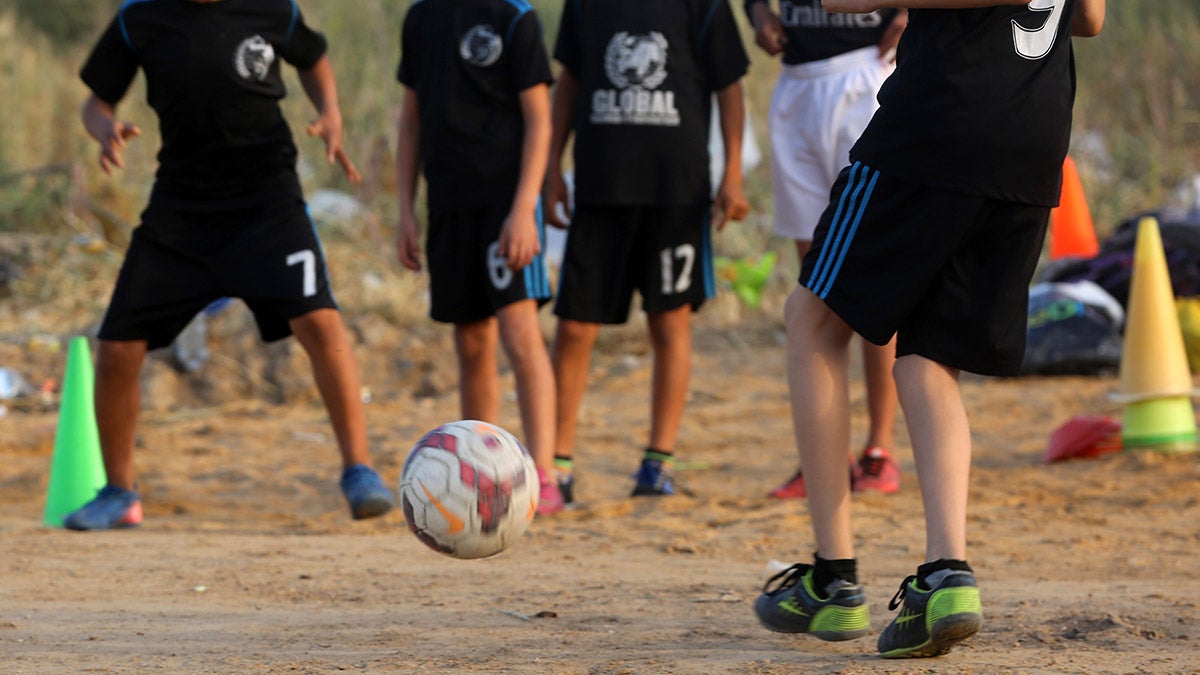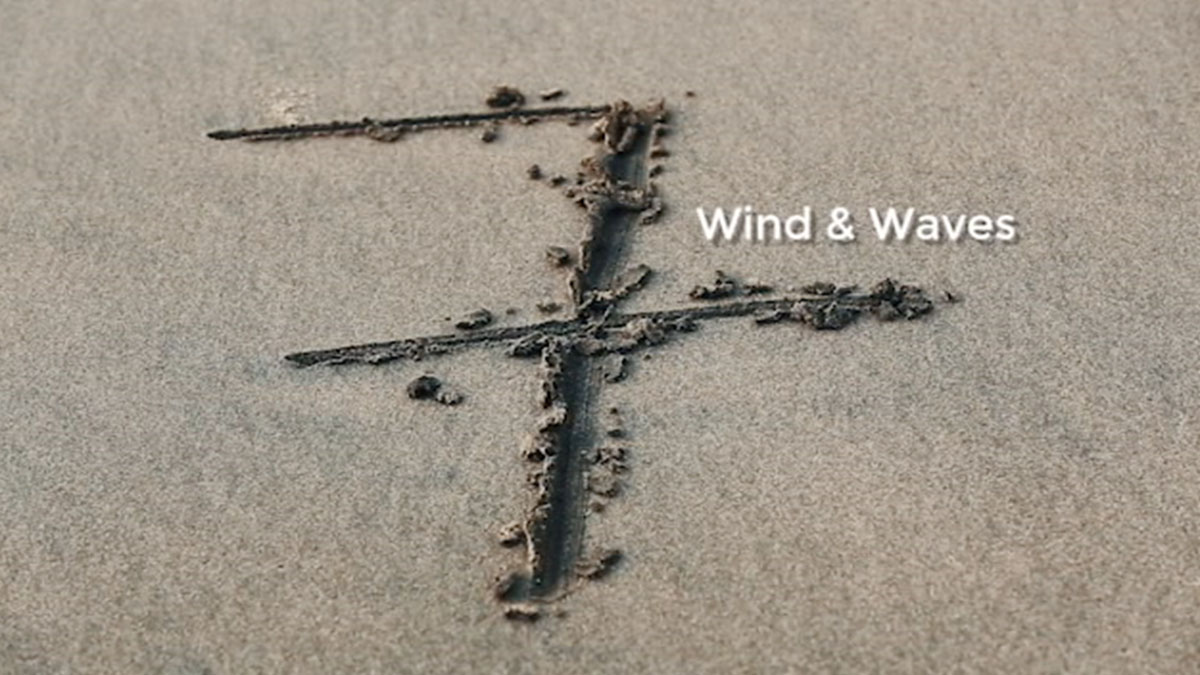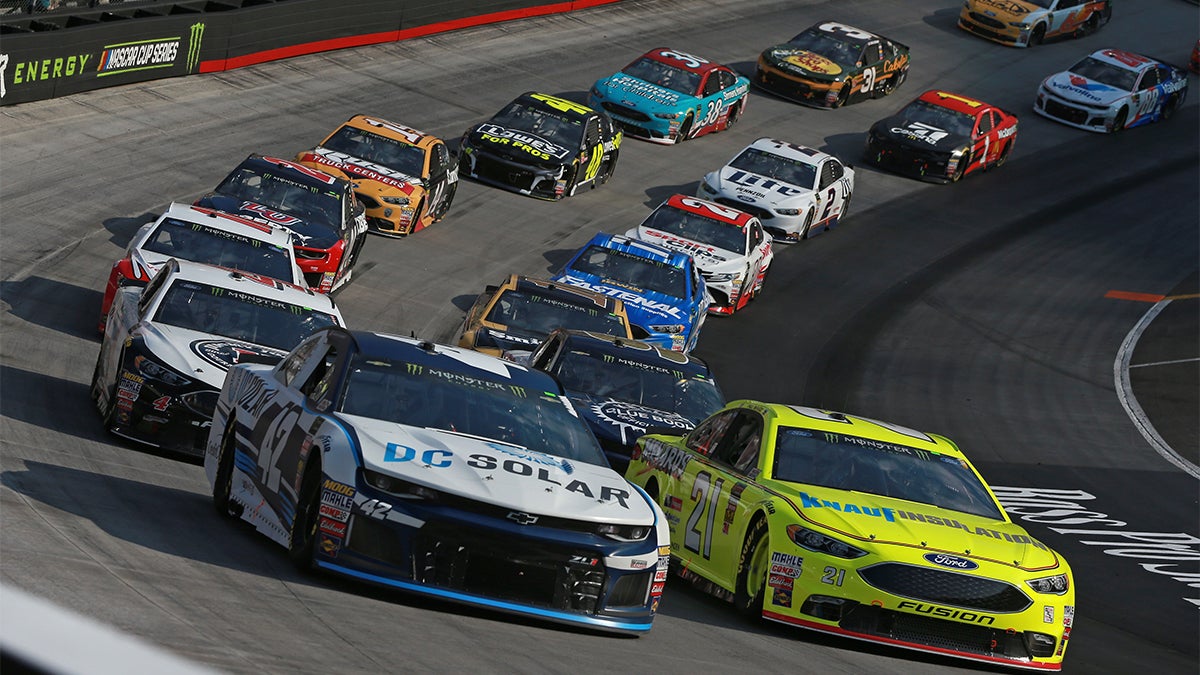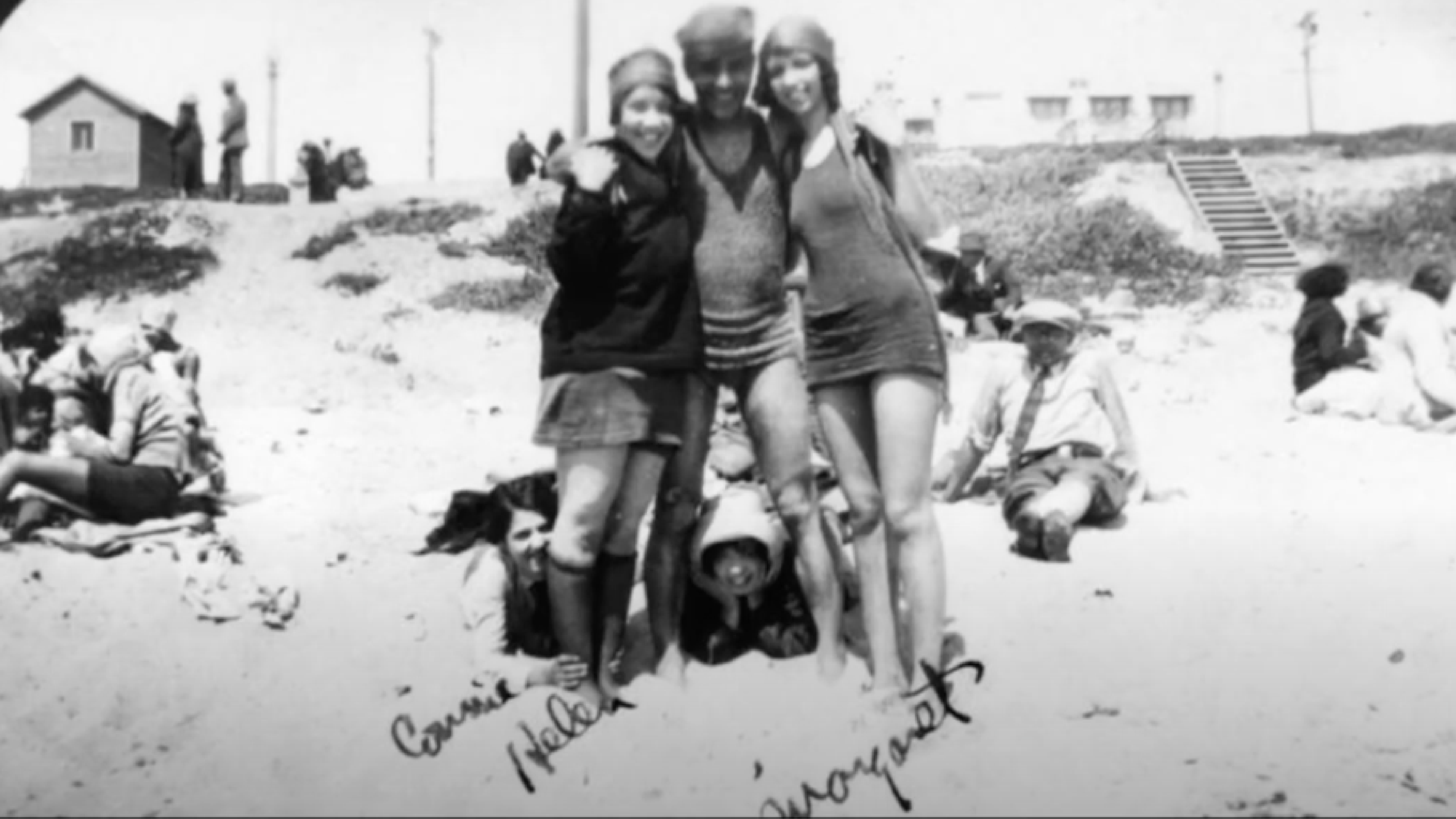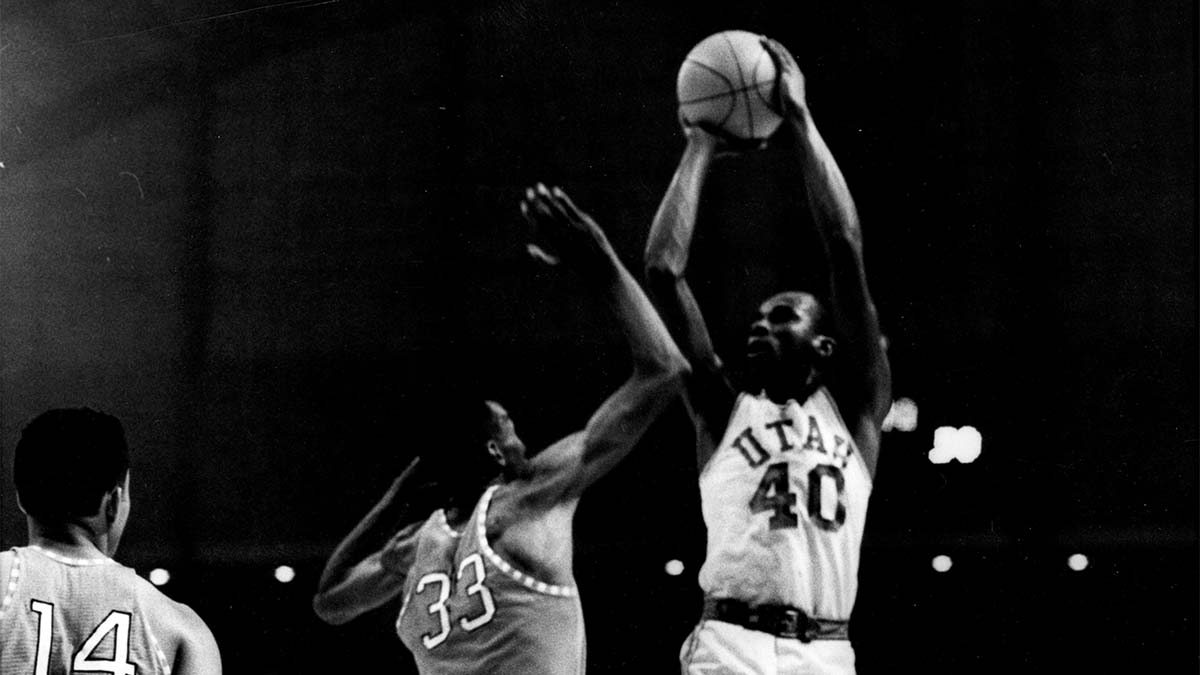What to Watch After 'The Last Dance'
Why this matters
The Global Sport Institute and Global Sport Matters present a wide variety of documentaries that address topics including racism, technology, refugees, and the value of community.
Labor Day is just around the corner which means it’s time to binge even more movies in quarantine. If you’re still trying to scratch your sports doc itch after watching The Last Dance for the hundredth time, here are some refreshers.
United We Stand: The Ali Summit
“To understand today, you got to understand what happened yesterday.”
This short documentary follows the legacy and impact of Muhammad Ali on athlete activism. Walter Beach, Jim Brown, John Wooten, Sid Williams, and Bobby Mitchell share their experiences as athletes in the Jim Crow era and as attendees at the Muhammad Ali Summit, where the legendary boxer protested the Vietnam War. As the Black Lives Matter movement and recent headlines necessitate conversations about race, violence, and power, this is a must watch. Paired study guides from the Global Sport Institute at Arizona State University here.
Race for the Safest Helmet
“We didn’t see it as an NFL story. We saw it as a public health story.”
The prevalence of chronic traumatic encephalopathy (CTE) has been a controversial subject in the NFL. However, the public’s increased awareness of the disease has spurred discussions and products designed to protect football players at all levels of play. Innovators at companies like Xenith and Riddell are interweaving neurology, public health, technology, and sport as they race to create the safest equipment. Paired study guides from the Global Sport Institute at Arizona State University here.
Reyana's Journey
“Tennis gave me an outlet and kept me sane in an insane time.”
As a teenager, Reyana Ewing was expelled from school, teargassed, and shot at for protesting against apartheid in South Africa. Her father recognized her talent for tennis and reached out to leaders across the world resulting in an athletic scholarship to the University of Georgia. After a successful athletic career in the United States, Reyana returns to her hometown with her daughter and reminisces about the trajectory of her life and the implications of apartheid. Paired study guides from the Global Sport Institute at Arizona State University here.
Soccer Without Borders
“We’re going to show them who we are.”
Soccer Without Borders is a nonprofit organization that uses soccer to support refugee and immigrant children in the United States, Nicaragua, and Uganda. In Baltimore, Senior Program Coordinator Kat Sipes teaches her athletes with five rules in mind: practice English, have fun, make a safe space, try everything, and have respect. Soccer Without Borders helps these resilient children realize their full potential and achieve their highest goals and aspirations. Paired study guides from the Global Sport Institute at Arizona State University here.
Wind and Waves
“Dreams don’t have age.”
After suffering an injury while climbing Mt. Everest, Antonio Argüelles thought his athletic career had come to an end. However, the appeal of the Seven Seas challenge called him back to elite long-distance swimming at the age of 58. His swimming adventures have connected him with people across the world and have fostered a strong, supportive global community. Paired study guides from the Global Sport Institute at Arizona State University here.
Drive Fast, Go Left...Print Parts: 3D Printing Finding A Home In NASCAR
“Just when you think you’ve seen it all in that NASCAR garage, something else rears its head. Maybe it could be 3D printing.”
Over the last decade, 3D printing has become a staple in NASCAR manufacturing and development. While 3D printing is still unreliable for the unforgiving race track, its efficiency and repeatability is critical to testing and advancing cars, equipment, and the event itself. Engineers and experienced NASCAR participants agree that this new innovation is fundamental to the future of the league. Paired study guides from the Global Sport Institute at Arizona State University here.
Still Got Game
“I wanted to do something that was so different from what any other woman was doing at that time.”
Anita Ortega is no stranger to a challenge. Raised in South Los Angeles, she became the first in her family to go to college. She was a basketball star at UCLA and played for their 1978 national championship team. She is also the first Afro-Puerto Rican woman to run a police command. Ortega has made it her mission to be a positive presence in her community and on the court. Paired study guides from the Global Sport Institute at Arizona State University here.
Walking on Water
“One thing I know is that it’s here for everybody.”
Nick Gabaldón was one of the first known Black surfers. He has inspired generations of surfers of color especially in the Los Angeles area where a history of redlining practices limited beach access to people of color. Today, local organizations like Heal the Bay, Surf Academy, YMCAs, and the MLK Recreation Center are working together to ensure that students from underserved communities are able to access and appreciate the ocean through the power of surfing. Paired study guides from the Global Sport Institute at Arizona State University here.
Jerry Chambers
“I knew I had to do something. I knew I was going to do something.”
In 1966, Jerry Chambers became the only collegiate basketball player to earn Most Outstanding Players without playing in the NCAA Finals. After playing for four seasons in the NBA, Chambers retired and began working for Los Angeles Parks and Recreation. He has been coaching and mentoring up and coming athletes in Los Angeles for over 25 years. Once “a fool for basketball,” he has now found his true calling. Paired study guides from the Global Sport Institute at Arizona State University here.

